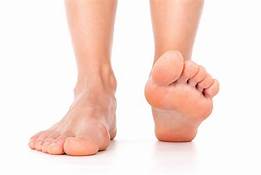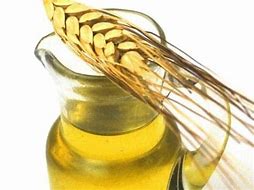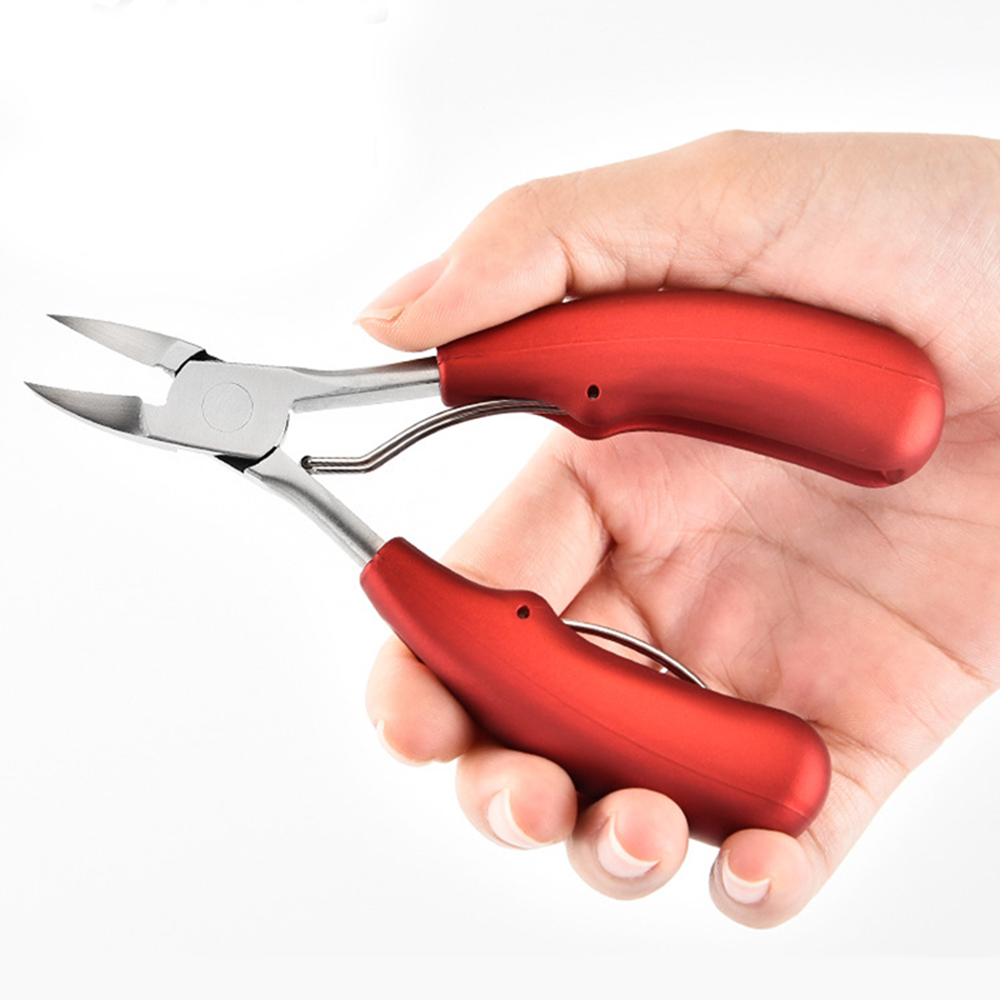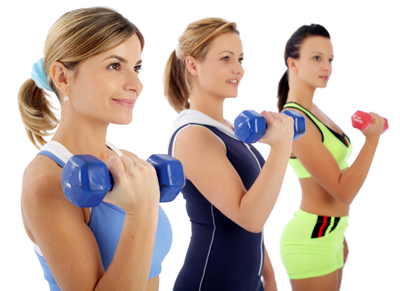Biomechanics of the Feet



Biomechanics of the Feet
The term biomechanics refers to how the living structures of the human body move. How well our muscles, joints, bones, and tendons work together determines how efficiently our body moves. Clearly, the complexity of the foot's structure means that its biomechanics are also very complex. The feet have to be flexible enough to absorb repeated impact and adapt to variable walking surfaces but rigid enough to support the weight of the body and propel it forward.
As it turns out, the feet have an amazing ability to alternate between being a flexible adapter" and a "rigid lever". The major joints of the foot working together are capable of two distinct motions referred to as "pronation" and "supination". When we take a step certain joints of the foot unlock, allowing it to flex in order to absorb impact.
This is pronation. It occurs just after the heel strikes the ground and continues as the weight of the body is transferred to the front, or ball, of the foot. As the heel then starts to lift from the ground, the joints lock again to become a rigid lever pushing the body forward. This is supination. These motions occur in tenths of seconds when walking and mere hundreds of seconnds when running.
The complexity of these movements increases the potential for biomechanical problems to develop. If your feet are too flexible and unstable, we say that you have "overpronation". Overpronation strains the bones and soft tissue of the feet and lower legs and can even strain the knee, hips and lower back in severe cases.
If your feet are too rigid, we say you have "oversupination". Oversupination can lead to ankle sprains and impact-induced injuries.
Overpronation is much more common than oversupination. In general, those with flat feet are the most severe overpronaters, while those with extremely high arches are the most severe oversupinaters.
Did You Know......
At least once a week a patient will come to my clinic and proclaim that their arches have " fallen." While it is not unusual for the feet to change shape and size as we age, it is unusual for arches to fall. A condition called posterior tibial tendon dysfunction can lead to a flattening of the arch, but this condition is uncommon, typically affecting those who already have flat feet.
Reference: Great Feet For Life-Footcare and Footwear for Healthy Aging: Paul Langer, DPM
Articles - Latest
- Supplies, Description, and Usage - Tech Nails-2
- Supplies, Description, and Usage - Tech Nails
- Exercises for Plantar Fasciitis
- Shoes, insoles and splints: Cushioning and support - Plantar fasciitis
- 10 best bum workouts and 25 bum exercises for a 🍑'ier butt
- The dos and don’ts of running when you’re over 40
- This 30-minute workout can be done from just about anywhere
- I teach stretching routines for a living — 3 exercises that strengthen your hips and open your hamstrings
- Somatic exercise has gone viral promising to lower cortisol levels, ease stress, and boost health - so, does it actually work?
- Planks and wall sits best exercise for lowering blood pressure, study says
- Four moves and six minutes is all you need to develop strength with this no-equipment routine
- I did a two-minute Farmer’s Carry every day for a week — here’s what happened
- No squats or lunges: This knee-friendly workout sculpts your lower body in 7 exercises
- Two dumbbells and five moves are all you need to build strength in the shoulders and back
- Add Muscle, Build Stamina and Fire up Your Metabolism with Our Three-Move Strongman Circuit
- How to clean running trainers without ruining them: 3 easy steps to take
- Podiatrist shares pain-inducing mistakes we're making when wearing high heels
- 9 things you need to know before getting acrylic nails
- Running could be just as effective at treating depression as medication, scientists find
- This is How Long You Should Rest Between Sets, Whatever Your Training Goal
- Manicurists Share Their Top Tips For Growing Stronger Nails Without Giving Up On Those Gel Manis
- Dry, cracked heels: Here are the most moisturizing ingredients according to a dermatologist
- Treatment for Plantar Fasciitis
- How to measure your feet: A guide for runners
- Heel and ankle conditions and Injuries
Articles-Popular
- Home
- Calluses and Corns-4-Padding and Insoles To relieve Pressure
- Contacts
- Appreciate Your Feet
- WEB - LINKS
- Therapy Price List- Aromatherapy - Counselling
- The Awareness of Foot Care
- Nail Technician Resume
- Join us as a Therapist
- Gallery - Pedicured Feet
- Podiatry/Chiropody Price List
- Skin Care-Feet
- TCM - Therapy Prices
- Blisters on the Feet
- Nail Technician Job Description
- Galleries
- Bacterial Infections
- Itching Skin on the Feet
- Athlete's Foot
- Sweaty or Smelly Feet
- Appointments
- Skin Changes Associated with Blood Flow
- Common Toenail Conditions - Changes in Nail Colour
- Calluses and Corns - 2
- Insoles





